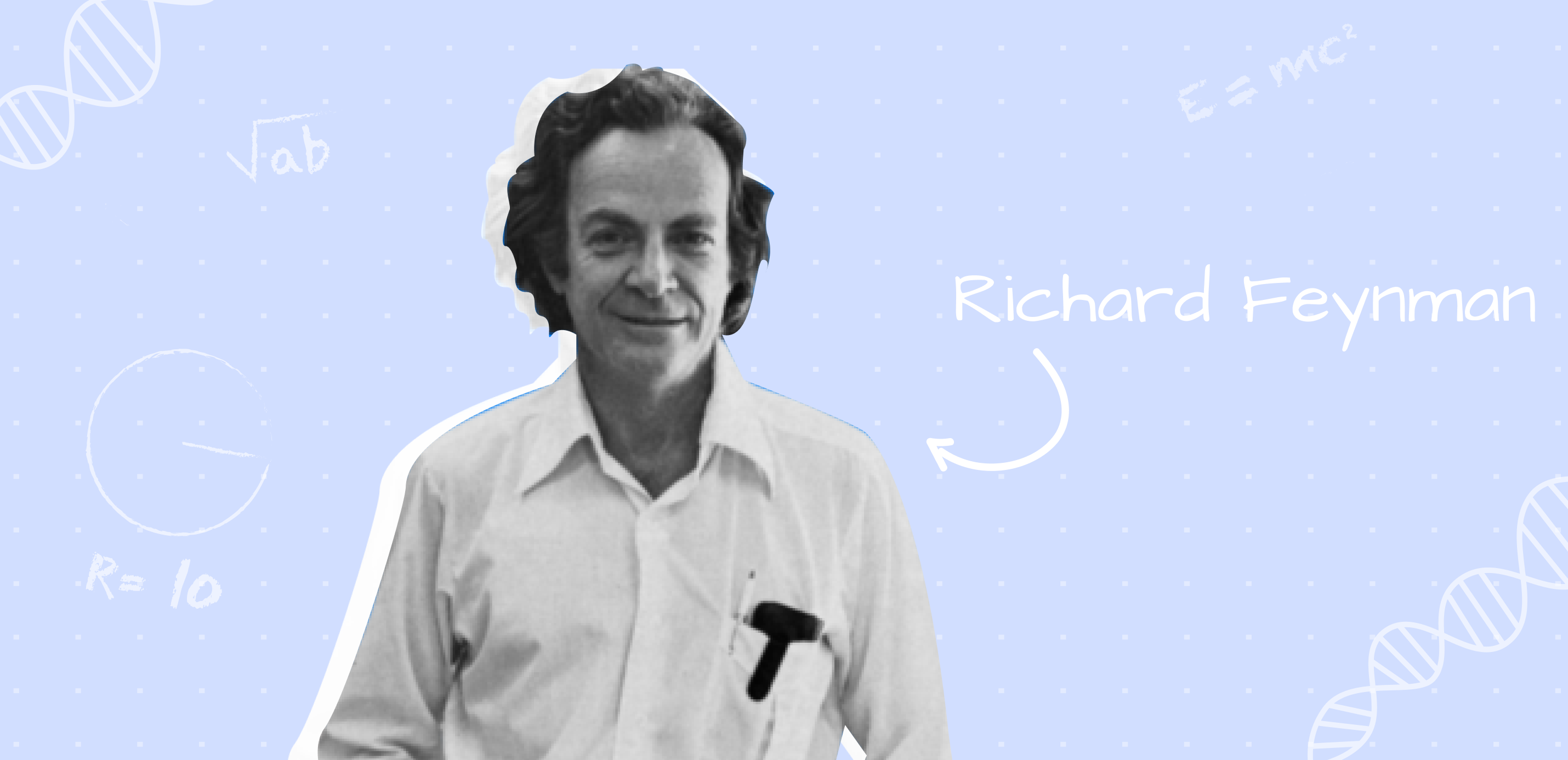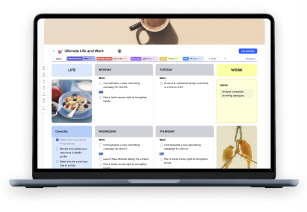In an age where information is abundant, the ability to learn efficiently and effectively is more valuable than ever. Enter the Feynman Technique, a simple yet powerful method for mastering complex concepts, named after the Nobel Prize-winning physicist Richard Feynman. Known for his profound contributions to physics and his exceptional teaching skills, Feynman believed in the power of simplicity and understanding over rote memorization.
This article aims to demystify the Feynman Technique, providing a step-by-step guide to enhancing comprehension and retention for learners across the spectrum.
Richard Feynman and His Legacy
Richard Feynman, a towering figure in 20th-century physics and, apparently, a great explainer, made significant contributions to quantum mechanics and particle physics.
Beyond his scientific achievements, Feynman was celebrated for his unique approach to learning and teaching, characterized by curiosity, simplicity, and clarity. His legacy includes not only groundbreaking research but also an enduring methodology for understanding the world.
What is the Feynman Technique?
It is an approach for learning that emphasizes understanding over memorization. It involves explaining concepts in simple terms, identifying gaps in understanding, and refining the explanation until it becomes straightforward and clear.
This method is based on the premise that if you can’t explain something simply, you don’t understand it well enough.
Many people believe that since the method’s author’s sphere was quantum physics, for them, this approach is barely one of the effective techniques. However, you don’t have to be a Nobel Prize winner, or even a scientist, to use it.
It is a simple technique for your own understanding, dealing with complex topics, accumulating your own unique knowledge base, and exploring and explaining the world around you in easy terms, whether it’s a study about Shakespeare’s plays or science.
The only requirement for using this approach is being interested in what you study.
Steps of the Feynman Technique
Let’s take a closer look at what is this learning technique and how it works.

1. Choose a Concept
Selecting a topic or concept you want to understand is the first step. It doesn’t necessarily have to be something great. It can be some point you struggle to understand, the idea you can’t grasp, anything.
2. Teach it to Someone Else
Explain the concept as if you are teaching it to another human being who is not Albert Einstein, using simple language. Imagine you’re explaining the Big Band Theory (not the TV series) to a child. Choose the simplest forms you can.
If the imaginary person in front of you can’t get the concept, you need to select simpler terms. You may imagine that this curious “student” of yours you’re trying to illuminate about something is you little.
Examples are very important. How else you can be precise and concise at the same moment? However, make sure they are relevant and won’t make the subject even more complicated.
3. Identify Areas You Don’t Understand Very Well
Pay attention to areas where you struggle to explain clearly. These are your gaps in understanding.
This study technique requires honesty with yourself. If you can’t simply define what you’re trying to explain, you probably need to learn more.
4. Review and Simplify
The final step is to return to your sources of information, fill the gaps in your knowledge, and make your explanation easier further.
Applying these steps ensures deep comprehension and uncovers the essence of the concept, stripping away unnecessary complexity.
Benefits of the Feynman Technique
The Feynman Method enhances learning efficiency and retention by forcing learners to engage actively with the material and use their own words to explain it.
- This approach is versatile and applicable across various fields and subjects, from physics to philosophy, and from mathematics to music.
- It is perfect for anyone who’s learning, whether it’s a curious child asking thousands of questions about dinosaurs or a student writing their thesis.
- All study techniques have something to offer, yet this one goes beyond simply memorizing the needed facts. Its four steps offer a unique way of understanding of what you learn and explore.
- People who regularly apply this approach, recognize that they are still able to understand the subject later in life even without regular revisions.
Practical Applications and Tips
To effectively apply the Feynman Technique, start with ideas and terms that intrigue you. You may use xTiles to write down your explanations, and don’t hesitate to simplify.
Add diagrams or use metaphors to clarify complex ideas. Regularly incorporating this approach into your learning routines can transform the way you understand new information.
When identifying your knowledge gaps, you may notice that the subject is quite extensive and fraught with many pitfalls. Breaking it down into smaller components can be helpful. You might even try creating a brief article using the simplest possible language to explain its main points and ideas.
Also, you can create nested tiles to add your research results to the same document without multiplying the amount of pages.
Jotting down what remains unclear can aid in clearing your mind and identifying the issue. These challenges are what matter at this point and require your full focus.
Also, the example or examples you need for your explanation to that child are worth noting down, too. They present how you see the subject, and they are easier to memorize than the text from a book since they were born in your head.
Case Studies and Success Stories
Many students and professionals have used the Feynman Technique to master complex subjects and get support in their learning process. Also, many parents adopt this approach to assist their children with learning complex subjects.
For instance, medical students have applied it to grasp intricate physiological processes, while programmers have used it to understand new programming languages. These success stories underscore the technique’s effectiveness across disciplines.
- Let’s try to explain the Big Bang Theory, which is the prevailing cosmological model for the observable universe’s early development, in four simple steps.
- We’re explaining the Big Bang Theory to a curious child. Let’s start with the simplest explanation: “Long ago, the entire universe was just a tiny, hot, and dense point. Then, it suddenly expanded and has been getting bigger ever since. This event is called the Big Bang.”
- We need to use relatable examples: “Think of it like blowing up a balloon. The universe started very small, like a deflated balloon, then it expanded like the balloon when you blow air into it.”
- Pay attention to areas where you struggle to explain clearly. For example, you might find it challenging to describe what happened immediately after the Big Bang or how scientists study cosmic background radiation.
- After identifying gaps in understanding, return to the source material (e.g., textbooks, articles) to fill in those gaps. Simplify your explanation further: “Scientists study the leftover heat from the Big Bang, called cosmic microwave background radiation, to learn more about how the universe began and evolved.”
Conclusion
The Feynman Technique offers a transformative approach to learning, making it accessible and enjoyable. By embracing this strategy, learners can unlock a deeper understanding of complex concepts, fostering a genuine curiosity and a lifelong passion for knowledge.
Let the simplicity and effectiveness of this study approach inspire you to approach learning with new eyes, confident in your ability to master any subject. And let the xTiles intuitiveness and flexibility help you take each and every concept into molecules.

FAQ
What is the Feynman Technique?
The method emphasizes understanding over memorization. It involves explaining concepts in simple terms, identifying gaps in knowledge, and refining explanations until they are clear. This method is based on the principle that if you can’t explain something simply, you don’t understand it well enough.
Who can benefit from using the Feynman Technique?
It is beneficial for anyone interested in deepening their understanding of complex topics, regardless of their background or expertise.
What are the steps of the Feynman Technique?
You need to choose a concept, try to teach it to someone else using simple language, identify gaps in your knowledge, and review and simplify explanations. This process ensures deep comprehension and uncovers the essence of the concept.
How can I apply the Feynman Technique effectively?
Start with concepts that intrigue you, use paper to write down explanations, and don’t hesitate to simplify. Draw diagrams or use metaphors to clarify complex ideas, and regularly incorporate this approach into your learning routines.
What are common challenges when using the Feynman Technique, and how can they be overcome?
Common challenges include feeling frustrated when unable to simplify a concept and finding an audience to teach. Persistence and returning to the source material for a deeper understanding can overcome frustration, while pretending to teach a friend or using a voice recorder can address the challenge of finding an audience.








